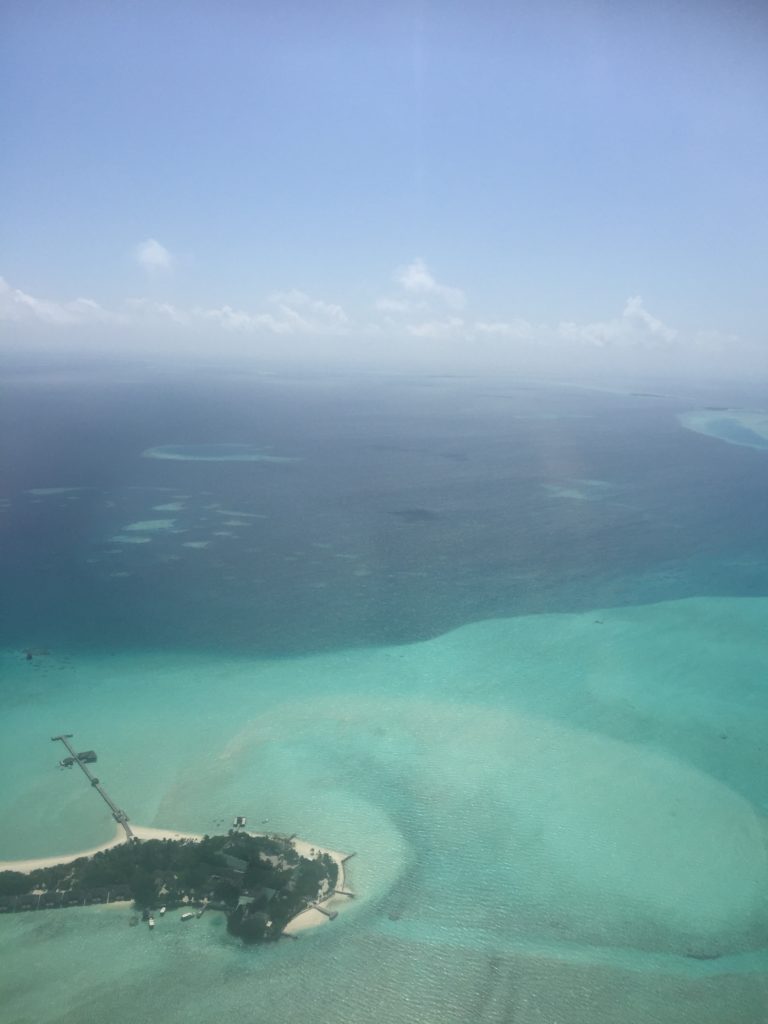
I had a great time in the Maldives, a place of stunning waters and beautiful sands. Have you been?
Aesthetics: 8/10
The Maldives are made up of 19 atolls which sit on a long underwater North -south ridge that rises up from the bottom of the Indian ocean. Covering an area roughly the state of Maine or the country of Portugal, the country’s 90,000 square kilometre area is home to 300,000 people.
Each atoll consists of a ring-shaped coral reef. The largest of these atolls are approximately 30 miles North to south (50km) and 20 miles (30km) east to west. Others are smaller. Inside these atolls, are tiny islands, most of them less than a square mile (1-2 sq km) in area. There are 1,190 of these islands. Only 198 are inhabited islands with about 100 islands used as tourist resorts.Ten percent of the land is arable. The remainder are uninhabited. The effect is that Maldivians live in very scattered communities separated by large stretches of water.
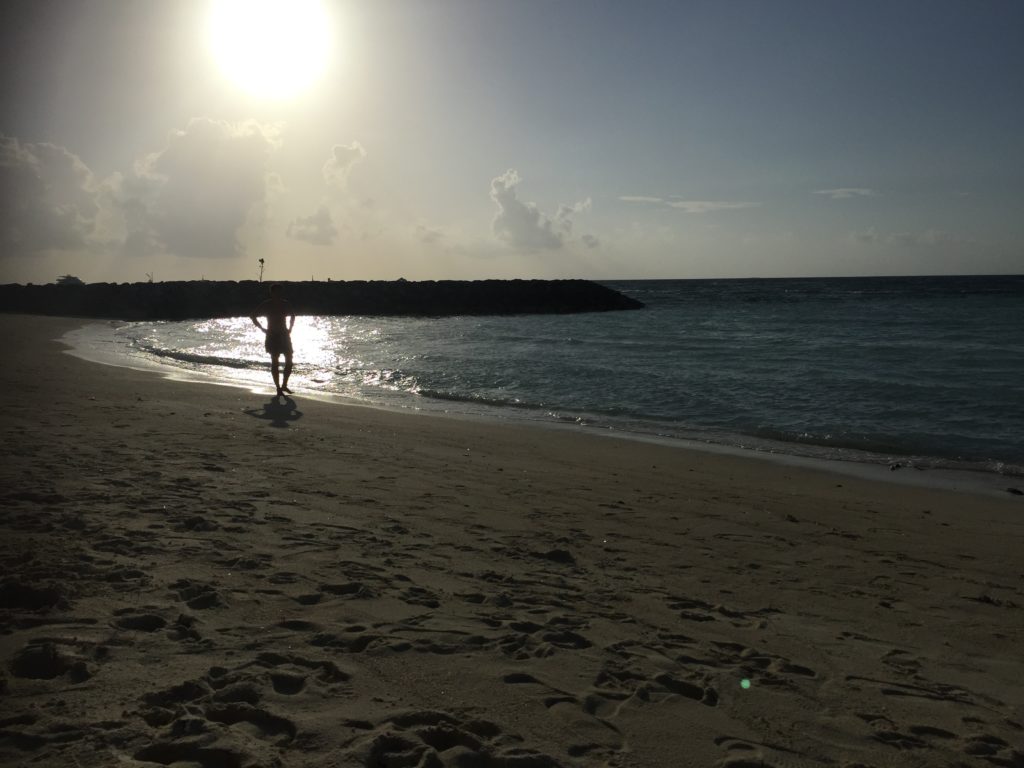
These islands are very flat which makes the country vulnerable to Tsunamis and rising seas caused by climate change. There are no rivers or hills on any of the islands. A number the islands are marshy. Vegetation varies. We saw banana plants, breadfruit trees, coconut palms, paw paws (papaya), and some citrus trees being grown.
The islands almost universally are ringed by stunning clear white sand beaches. The waters are a stunning clear blue with incredible under water coral gardens. Some of the coral underfoot while bathing can be tough on the feet (they dint mention that in the tourist brochures)!
Beach erosion is a major issue for the Maldives islands. Some sand and coral reefs have been used to assist in construction which is damaged some beach areas.
As mentioned, in last week’s review of Male. Trash, energy production and sewerage disposal are enormous environmental issues for the country. if you are concerned about this, it is well worth investigating how your hotel handles the issue. We were horrified how often we saw rubbish dumps next to the ocean hidden behind bamboo screens from sight by foreign visitors. Saddening to see plastic bottles and crisp packets bobbing up and down in the waters.
With the nation depending in tourism, these issues must be monitored and checked. If the country loses its stunning beaches then it loses its very soul.
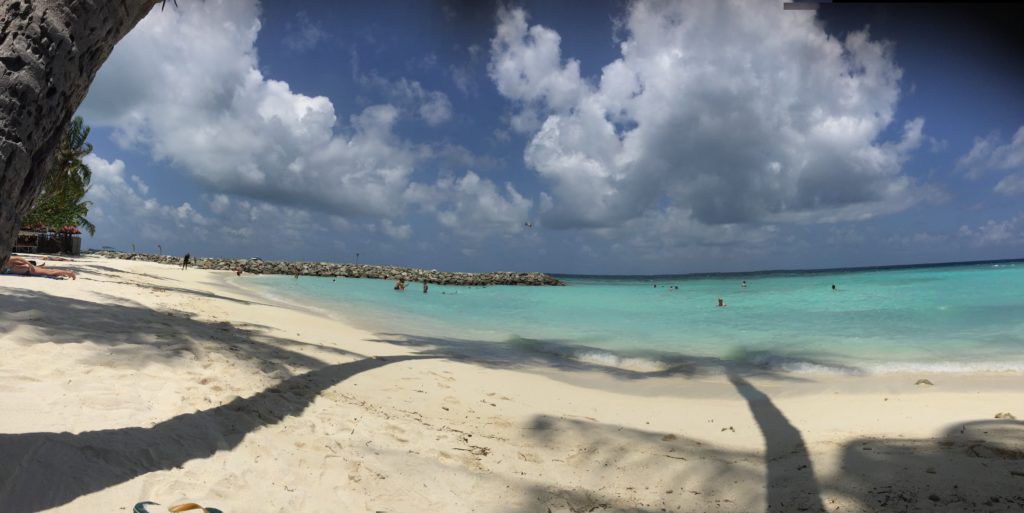
Liveability
There are two types of accommodation options.
- The first are in resorts that are generally set on their own islands or island groups. There are at least 70 of those. Staffed almost entirely by non Maldivians, these resorts are self-contained and separate from the rest of the world. Here you will find this famous over water bungalows!
2. The second are the hotels, guesthouses, Bed and Breakfasts and hostels on “local islands”. Here you live side by side with Maldivian going about their daily routines: schools, fishing, work, and prayers
The two options operate in two parallel universes:
On resort islands, you will find alcohol and bikinis whereas alcohol is almost universally banned on local islands (though there are enterprising ways around this such a the floating bar we found anchored just outside island limits!). There are usually fenced off beach areas on the local islands, where relaxed clothing is okay. Other than those places, bikini and revealing wear are usually frowned upon, if not totally forbidden.
For a rounded experience, I would recommend two days and one night (or maybe two nights) in Male, the capital and then two to three nights on a local island and the same on a resort. If longer, add another island.
The importation of food, undermines local sustainability. Food prices are high because virtually everything is imported (even bananas and eggs!)en.
It is a country with two monsoons. The dry season (North East Monsoon) is from December to March and the wet season (South West Monsoon) runs from May to November. The temperature of Maldives ranges between 24 and 33 °C (75.2 and 91.4 °F) throughout the year. Humidity is high but with the exception of built up Male, is tempered by the winds from the sea. Annual rainfall sits at 2,540 millimeters (100 in) in the north and 3,810 millimeters (150 in) in the south.
Culture
Many resorts will have their own entertainment options. A Maldivian holiday is generally focussed around water activities: swimming, snorkeling, scuba diving, sitting on the beach, surfing and fishing. If this is not your cup of tea, you will be bored!
On local islands, you may be able to have meals with local people, a visit a mosque and/or attend prayers and shop at local grocery stores.
Maldavian culture has a very conservative overlay. While many younger people are relaxed about mores, and some are starting to challenge them, there are others who have fairly rigid ideas about dress, women’s rights and religious tolerance.
Note that Ramadan (Muslim Month of fasting) in the Maldives means in Male many restaurants will be closed during the day. In the island resorts, there will be almost negligible effect.
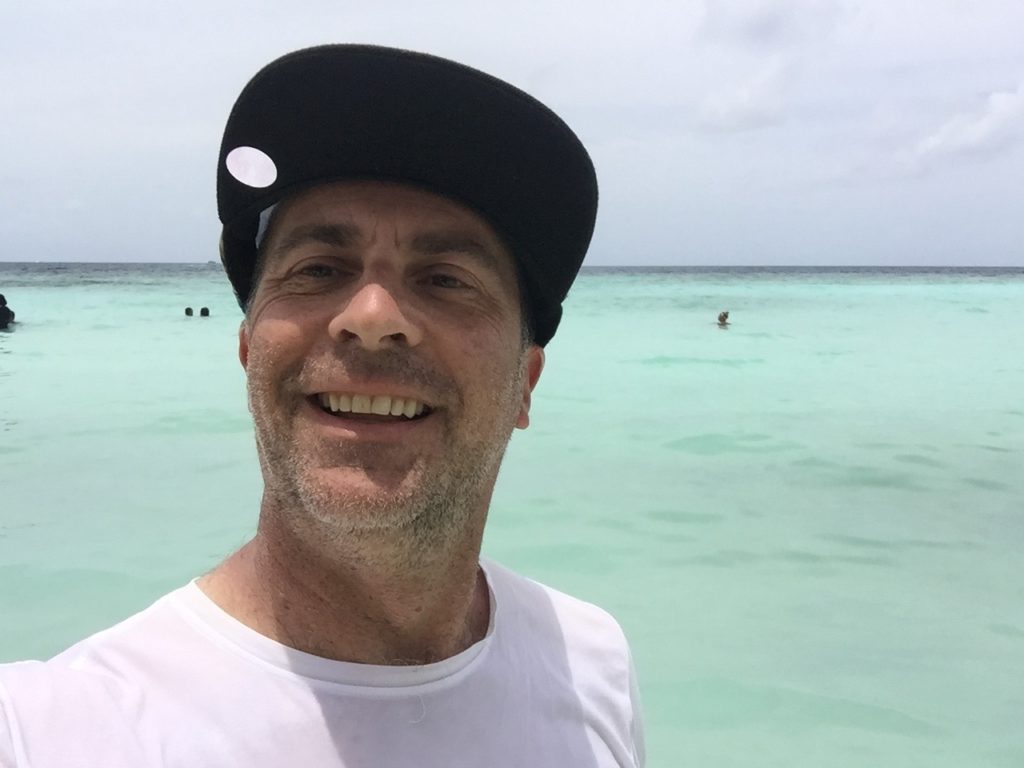
Politically, corruption is a major challenge., politics is marred by frequent mini coups, riots and the previous President is in self exile in the uk and the current one is being investigated for money laundering
While some locals, will quietly discuss politics, this aspect of life will rarely intrude on visitors.
Transport
There are four options for getting around the islands:
- scheduled domestic air services
- seaplanes
- private speedboats
- Local ferries
Most tourists fly into Male and switch to a speedboat or a private plane immediately. The costs when built into the packages can be quite high. We saw return fares of $usd 300 to 400. It is the easiest way to see the Maldives.
There are local ferries that ply between the islands, Slowly and leisurely, they give another insight into real Maldivian life. There are overnight ferries that connect many parts of the island archipelagoes.
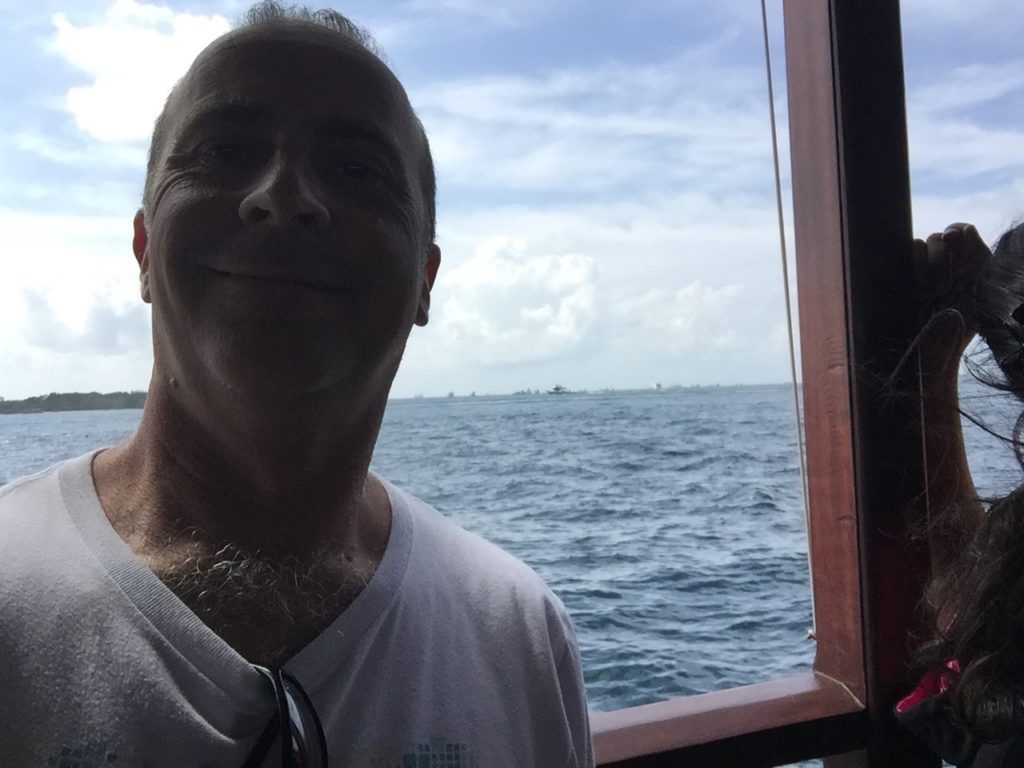
If money conscious and wanting different experience, one tip is to use a local ferry to stay on a local island and then use a shorter speedboat transfer to a nearby resort. This can change a transfer to less than $100 round trip.
Do NOT travel in the Maldives if you have fear of water transport and/or small planes. You will spend your time in terror!!
Vibe
Malé will give you a shot of local culture. On arrival, the capital seems bustling but a little quaint and fascinating. On our return, having been on very relaxing islands with few vehicles, it seemed like a busy shock!
I found locals hard to engage unless they wanted to sell you a good or service. Even then, I found them shy to respond.
Top ten
- Sitting by the beach
- Swimming
- Snorkelling
- Scuba
- Sailing on a local ferry
- Dinner on a deserted island (most resorts can arrange. It may or may not include alcohol depending on locale)
- Lunch or dinner at an underwater restaurant (on my list for next visit)
- Malé– Check out my review on the unusual capital Malé.
Related Posts


If that isn’t click bait, I don’t know what is.
Yep, loved the Holiday Inn, the best customer service. The Conrad was great but so so customer service. Did not do Male. Maybe on next visit.
Okay.